CursorOnTour@SSC | Ten from back then
Give us a box of old photos and we can easily forget about time. The history of the Student Sports Centre, recorded for posterity, provides fertile soil to dig in. The photo selection below seems rather random and to some extent it is of course. However, what the images have in common: they all tell a part of the story. And simply made us curious.
Hello Hajraa (1957)
The very first lectures just finished at the then brand-new Technische Hogeschool Eindhoven in September 1957, as the first student sports club in Eindhoven was established: the Eindhoven Student Volleyball Association.
The interest immediately turned out to be great: the club started with two teams in the competition of the Dutch volleyball association (in the attached team portrait, among others, club founders Frans Blom and Henny Schüssel). One and a half year later, the first by-laws were ready and the final club name ‘Hajraa’ (a Hungarian yell that could be loosely translated as ‘come on’, ‘go for it’) became a fact.
In 1973, Hajraa went its own way and separated from the E.S.C. Only the volleyball logo reminds us today of its fraternity origins.
The end of the state of emergency (1965)
From under their classic silk hats, the directors of the Eindhovens Studenten Corps (a fraternity) witnessed the first pole of the ‘Student Sports Building’ being beaten into the ground. The official act was performed in 1965 by Theo Tromp, curator of the Technische Hogeschool Eindhoven. "The construction costs of the sports hall are two million (guilders, ed.) including all equipment," a newspaper reported in 1964.
Two years after the first pole was fixed, the ‘gem of a sports hall’ and the related fields (which turned out to cost 2.5 million guilders in the end) were delivered in 1967. "With the opening of the sports complex, after ten years the state of emergency is lifted in which the students were often dependent on various halls (of schools) throughout the city to practice sports," according to a newspaper report. Members could enjoy sixteen different types of sports in the beginning; six decades later over seventy are offered.
Empty Kennedylaan and campus (1967)
It takes a bit of time to fully see what is to be seen on this kind of pictures. What exactly are we looking at? We will help you. You can see the north-west side of our campus with a relatively empty and especially quiet Kennedylaan to the right. The photo was taken from the Máxima Medisch Centrum (hospital), back then called Diaconessenhuis.
On the left-hand side, the northwest corner of the newly opened Auditorium, the main building for education of the then Technische Hogeschool Eindhoven. In front of it is a row of houses, from when ‘living on campus’ was not spread over thirteen or fourteen floors in residential towers. The sports fields of the sports centre are ahead of that - still under construction, perhaps. Or at most just in use once in a blue moon. It all looks very new.
We cannot tell much more about this photo. But it is a nice retrospective of a former, developing Eindhoven.
Deflated (1975)
The number of student sports clubs in Eindhoven was growing rapidly and in the early 1970s the sports facilities on campus were bursting at the seams. That is why in 1973 a so-called inflatable hall the size of approximately two tennis courts was purchased and put in the parking lot of the sports centre.
However, life does not go easy on the hall; severe weather conditions and vandals hit the accommodation several times - including a November night in 1975, in which vandals cut a large piece out of the canvas, causing the inflatable hall to collapse (see photo). A second sports hall was therefore built in 1980, followed by a third one in 1996. The SSC got its swimming pool in 2001.
Seductive curly head (1979)
It is a striking photo in the lustrum (photo) book that the Sports Centre published in 2017: a lady in judogi looking into the camera from under her curly hair, seductively keeping the white kimono a bit open. It certainly draws the attention of the newspaper reader for the accompanying message, which announces the 11th International Autumn Judo tournament of the Samourais (the Eindhoven Student Martial Arts Association).
Who the lady in question is, or if she was a member of the Samourais (French spelling, today nobody knows why) - whoever knows, may raise his/her hand (*). We do know that the Samourais proved to be the strongest in their own tournament that year, after repeated third places in the previous eight years of the sporting event. This to the frustration of the Belgian team in the final, who initially did not even want to say goodbye and said they would not return the following year - "or the arbitration has to be significantly better."
Perhaps caressing the hair of this languorous curly judoka helped to calm down the fight a bit.
(*) Mystery solved! A few days after publication, TU/e university council member Jos Coenen informed us that the lady in the photo is singer Jerney Kaagman. She became famous in the seventies for being in the band Earth & Fire, which released the hit song 'Weekend' in 1979. Coenen was not a member of the Samourais himself, but always trained with the table tennis club Taveres on the same evening as the judoists. "Kaagman unfortunately never trained there." Coenen does recall that Hans Koolen, who was in the Samourais tournament organization at the time, was "a big fan" of the singer.
That’s how I row (1983)
No state-of-the-art fitness equipment, virtual coaches and smart wearables to physically and mentally guide you through your exercising process. In the eighties it was just old-fashioned bashing and buckling down (and praying for a damage-free outcome) in the SSC gym.
With the foregoing description we of course sell the sports centre short terribly, but the fact is that black-and-white snapshots like this one from 1983, give a vibe that is a little Spartan, provisional and ‘former USSR’ almost four decades later. An apparently worn mat, a self-sawn wooden board to put your feet against, a pulley with cable on the wall - yes people, that's how we rolled and rowed in the good old eighties.
Pulling your weight (1984)
The erratic Alps in a simplified form, but closer to home. That’s how in 1984 a newspaper described the brand new climbing wall, also known as the boulder castle, of the Eindhovense Studenten Alpen Club (Eindhoven Student Alps Club, in short, ESAC).
It was a costly job - certainly in a time of many financial cuts - but its price tag became a lot more reasonable (eventually 26,000 guilders) when it was decided to outsource the construction to students of the Nieuwe Leraren Opleiding. In addition, ESAC received various gifts, the club managed to get many materials for free or at mates’ rates, and ESAC members literally and figuratively pulled their weight by throwing all the stones in front of the wall up to the bricklaying NLO students.
But don't forget the saying ‘persistence pays off’: "Don't give up after asking three times. You know that you will succeed if you ask ten times,” said climbing wall committee member Frank Baldinger at the time.
Crashed (1985)
Being rammed in your glider by an American fighter plane and being able to tell the tale with just a few fractures and an abrasion. It happened to third-year mechanical engineering student Leon Wolters in August 1985, for whom the summer camp of the Zweefvliegclub Eindhovense Studenten (Eindhoven Student Gliding Club) in Germany ended prematurely.
According to a newspaper report from that time, ‘Wolters from Roermond is barely detached from the winch (with which gliders are pulled into the air) when he sees the unusually low-flying American Thunderbolt approaching him from the left.’ “At first I thought: if it hits me, then it better be full-on. Because the chance of survival is very small in case of falling."
The American aircraft, however, only hit the two, or three meters of the rear of Wolter's glider, which then twirled to the ground. Fifty meters above the ground, the nose of the plane suddenly pulled up, "that slowed the process down incredibly. From that moment on I wanted to fight to survive.” Wolters landed in a meadow, where German farmers liberated him from the wreck.
The incident put Wolters in the spotlights (including, according to him, the necessary twisted stories); first in Germany, soon after in the Netherlands. “An army of journalists was waiting for me on arrival in Eindhoven, unbelievable. My father then held some sort of press conference."
Not that it then stopped Wolters from flying: "Accidents in the sky only occur due to human errors, and those are really scarce.”
Peter the Three Thousandth (1989)
Built Environment student Peter Scott Cue is the three thousandth sports card holder of the Student Sports Centre in 1989. This brings the sports centre close to a sporty share of fifty percent of all TU/e students and the number of members has doubled compared to twenty years before.
Now we can laugh a bit about the amount of three thousand members of back then. The SSC currently has over 13,000 sports card holders - not only from the TU/e, but also from Fontys and the Design Academy Eindhoven, among others.
The Australian-born Scott Cue, shown here in an old-fashioned analogue shot by sports centre employee Toon Reijnders, received his sports card (which he mainly used to play squash) free of charge.
Sources: book ’50 jaar Studentensportcentrum / 60 jaar studentensport Eindhoven’ (published in 2017 at the celebration of fifty years of SSC) and the online TU/encyclopedie.
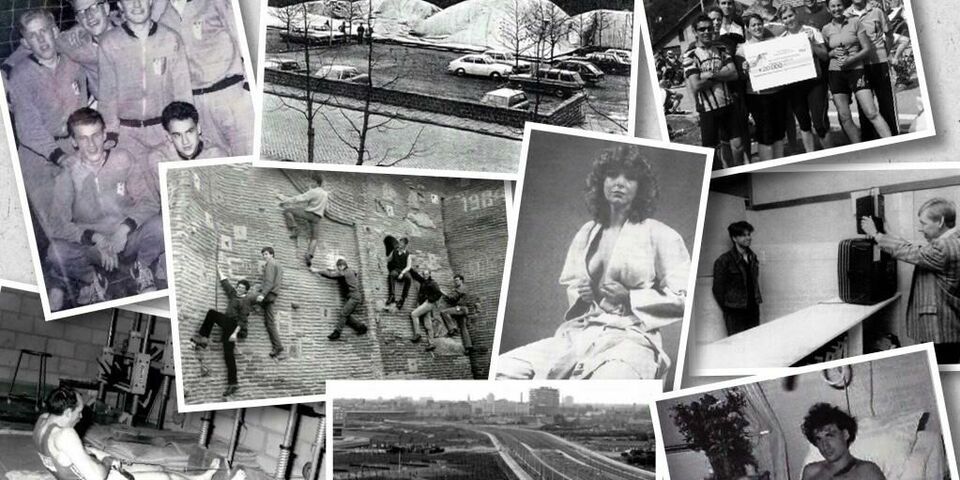

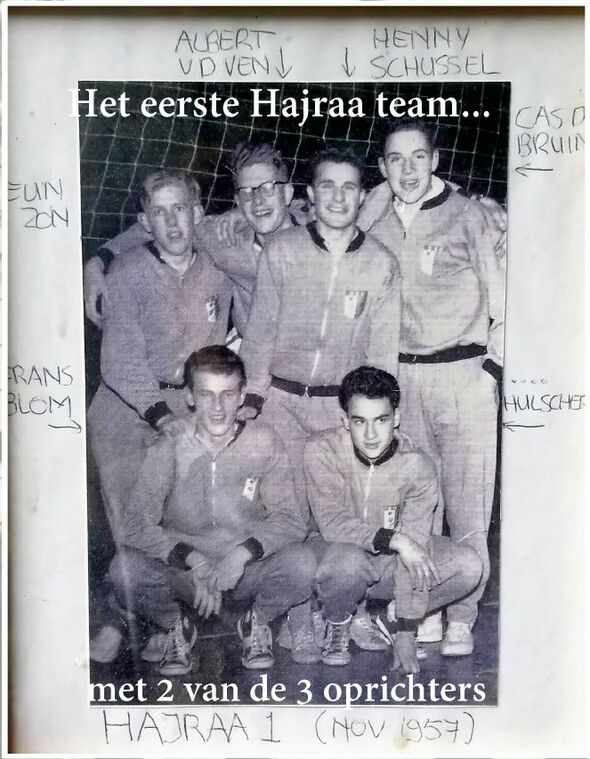
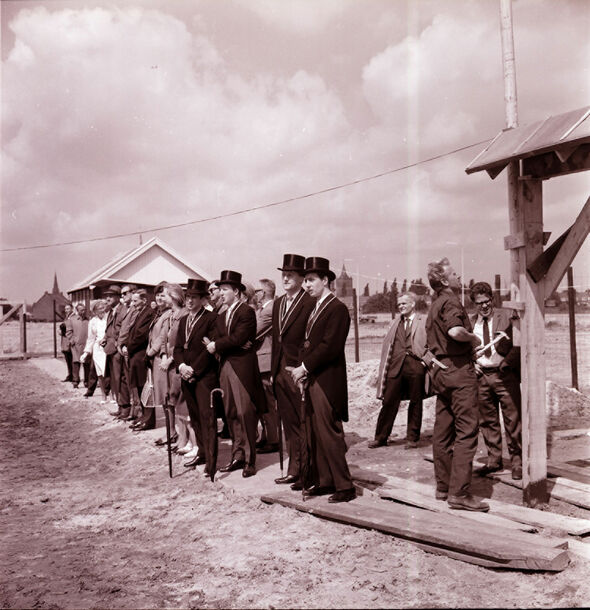
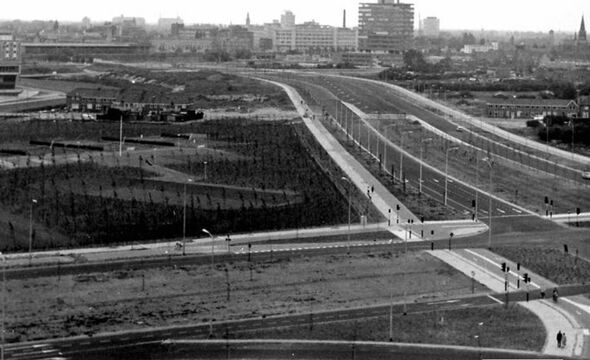
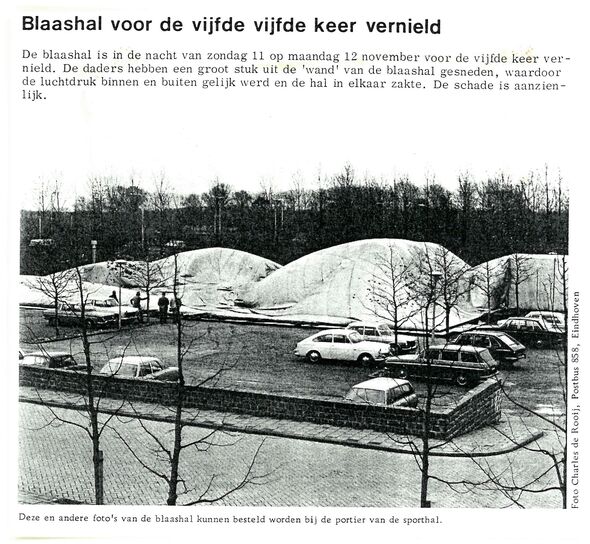
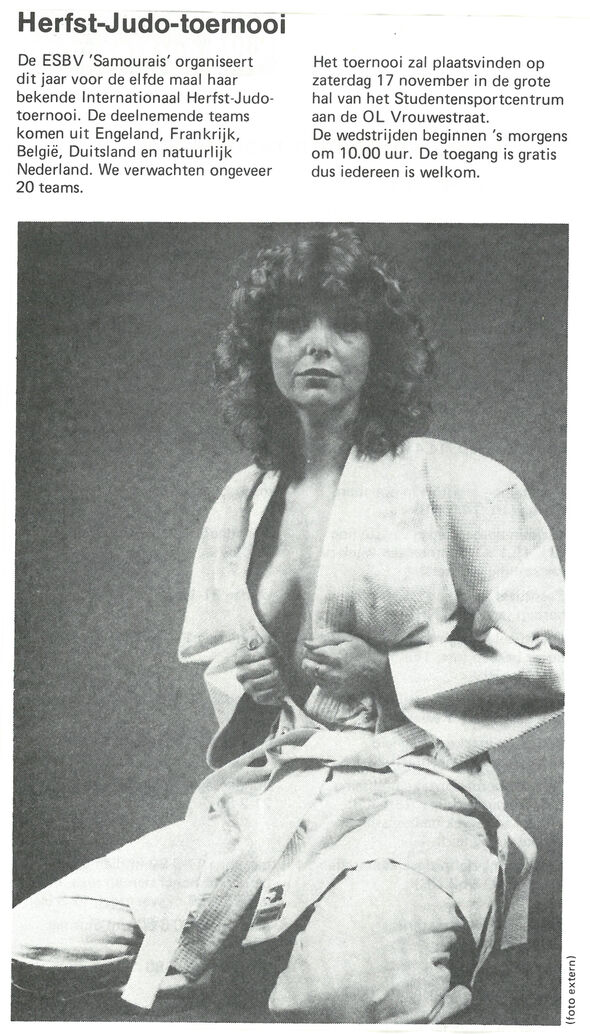
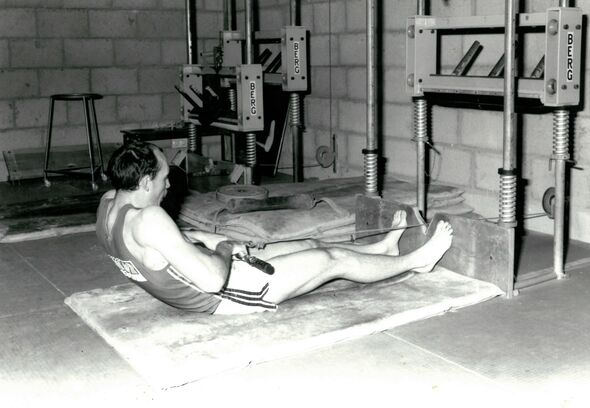
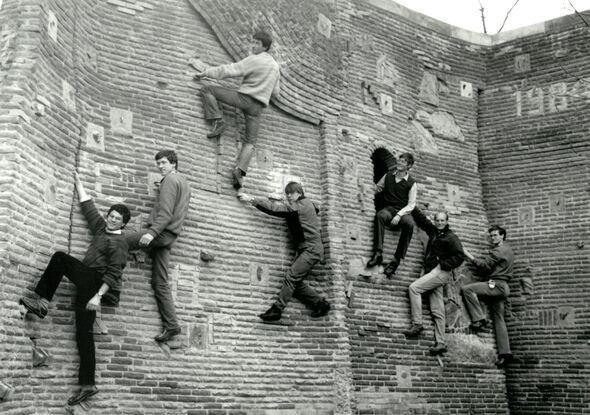
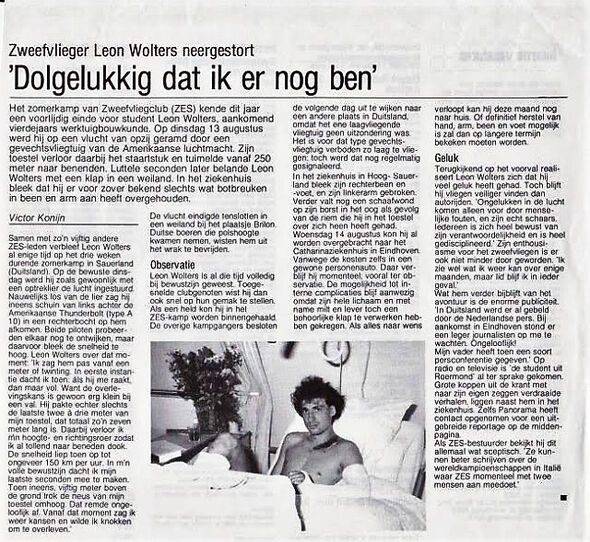
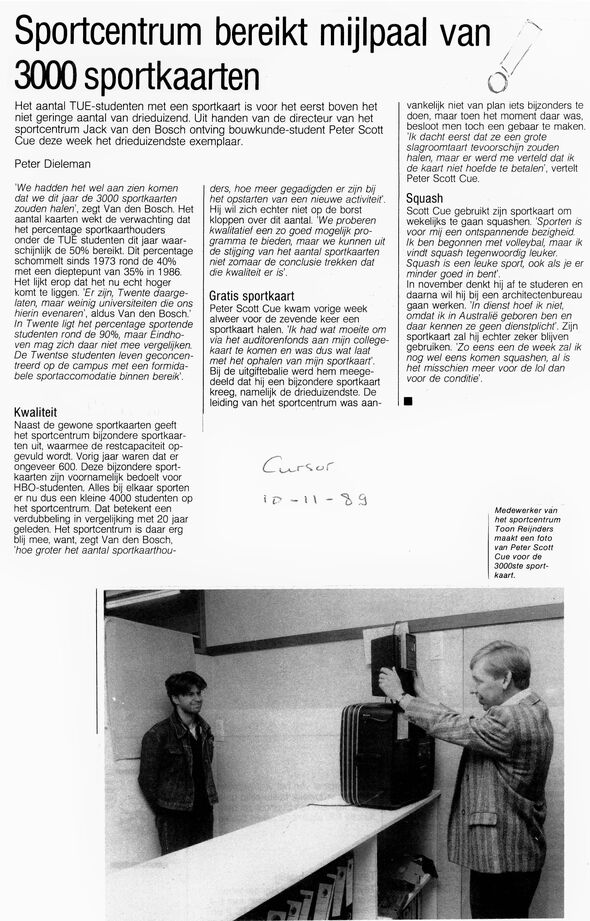
Discussion